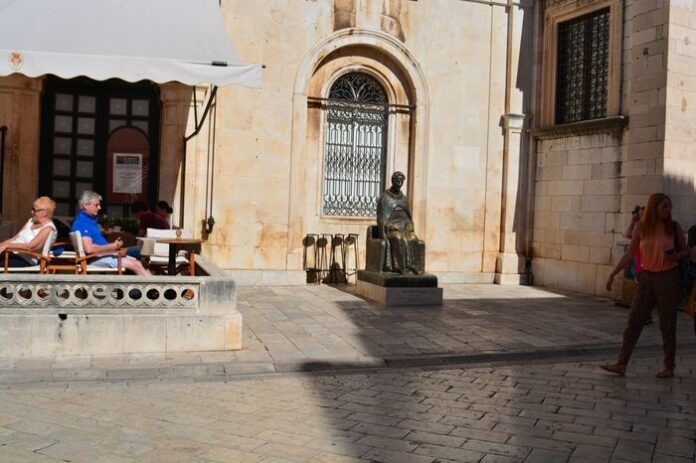Despite his success, Cyrus remained humble and cautious. He often said, “I do not like Fortune when she smiles too much.” However, his good fortune eventually came to an end. One day, while sitting in the Hippodrome, he was greeted by a loud round of applause from the crowd. They shouted, “Constantine founded the city; Cyrus restored it.”
For a subject to gain such popularity was considered dangerous, and Emperor Theodosius did not like the attention Cyrus was receiving. Upset by the praise Cyrus received for his work in restoring the city, Theodosius decided to remove him from power. Cyrus was dismissed from his position, stripped of his property, and forced to join the Church The Towers of Constantinople’s Inner Wall.
Exile to Smyrna
After his fall from grace, Cyrus was sent to Smyrna to take over the role of bishop. This appointment followed the deaths of four previous bishops at the hands of brigands. Upon his arrival in Smyrna on Christmas Day, the people were not happy to see him. They were angry that a man who was still considered a heathen and a heretic had been chosen as their spiritual leader.
However, Cyrus managed to calm the situation. He gave a short speech in honor of the Christmas festival, which won over the people. Over time, he gained their respect, and he spent the rest of his life in the diocese. Although he was no longer involved in political affairs, he lived peacefully, untouched by political struggles and attacks from robbers.
The Confusion Over Names Cyrus or Constantine?
The question of Cyrus’s identity in relation to the fortifications of Constantinople is still debated. Starting with Theophanes, who lived in the 8th century, historians have consistently stated that Cyrus was responsible for the fortification work under Theodosius II. This view is widely accepted, and it seems unlikely that these historians could all be mistaken Walking Tour Sofia.
But this leads to the issue of why the name Constantine appears in some documents and inscriptions instead of Cyrus’s. One possibility is that Cyrus may have taken the name Constantine after his conversion to Christianity. This was a common practice at the time, and it could explain why the name appears in later documents. However, this doesn’t explain why Marcellinus Comes, an early historian, uses the name Constantine in his writings about the fortifications before Cyrus’s fall from power.
Possible Explanations
Another explanation could be that Cyrus had two names: one used regularly, and the other rarely. The name Constantine may have been chosen for use in certain official documents, particularly in the inscriptions, because it suited the style of the inscriptions. This might explain why Cyrus’s real name was not used in some of the records.
However, this still doesn’t fully explain why Marcellinus Comes preferred to use the name Constantine in his writings.







